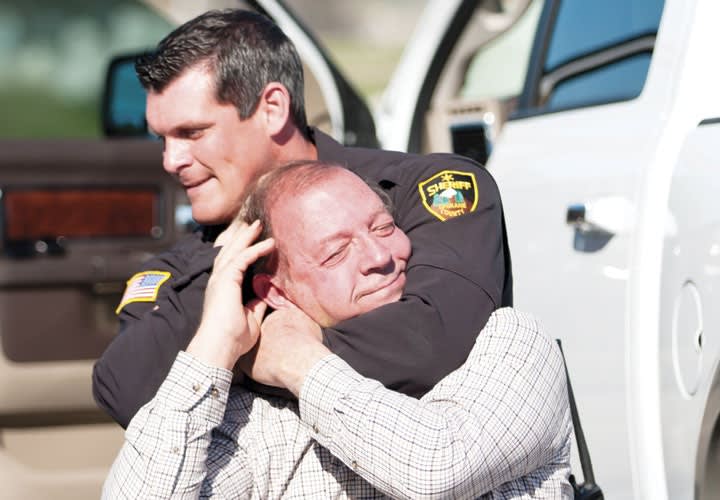Are there terrible tragedies precipitated by poor (even criminal) police actions? Occasionally, yes. But looking back over my active duty decades with the LAPD plus my experience handling more than 250 cases as an expert, I estimate that maybe two-thirds of use-of-force incidents are clearly justifiable; maybe a quarter are "gray area" cases, where the courts generally give officers the benefit of the doubt (and so do I); and a relative few are just awful. Bad decisions, bad tactics, occasionally malicious.
Videos are tough, and they certainly have their limitations. Although I would prefer to know all the evidence first, some videos are explicit enough that the viewer can make preliminary observations.
The Chicago police officer who was recently charged with murder after a video incident will likely offer a defense of his early two or three shots when a young man carrying a knife and whacked out on PCP during an 18-minute rampage came dangerously within 10 or 12 feet of another officer. Don't buy into the media-promoted lie that he was walking away. With every step until perhaps the last two, even though he was not walking directly at the officers, he was getting closer to them. Take another look at that video at the 21-second mark. The guy moves his knife from hanging down at his side to thrusting it out in front of him, and simultaneously turns his head to look at the officers to his left. It wouldn't take much time to attack the closest officer. Still, the shooting officer will have a difficult time explaining all the shots that he fired over a protracted period of time after the guy was already on the ground.
Video evidence will increasingly document what happened, and will usually—but not always—make you and your partners look good. An age-old problem that puts cops between a rock and a hard spot is when we see misconduct by other cops. Been there, done that, especially as a rookie. The pressures are enormous. Too often, the "code of silence" kicks in. Videos should relieve some of that pressure.
Video or no video, you don't do yourself or your agency any favors if you condone major misconduct like excessive force and fail to report it or fail to answer honestly when asked about it. In my work, I see more officers stepping forward on that subject than I used to, but the code of silence is still a big problem. Yes, it's a big problem for doctors, and lawyers, and teachers, and journalists, and all the rest of the professions, too. But they don't have badges and guns and TASERs and the power to arrest and use force on people. So yes, get over it…our profession is held to a higher standard, as well it should be.












